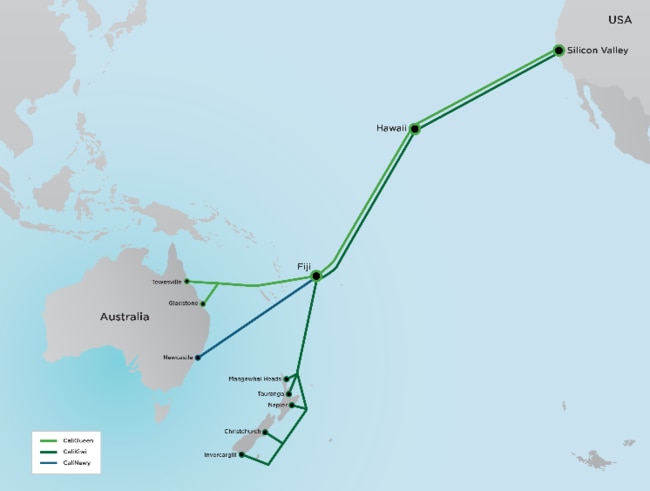We need a green and gold future – not pink

Pink is the colour commonly used to describe products made from nuclear energy. For example, countries with an existing nuclear industry have been promoting the prospects of pink hydrogen as an alternative to blue or green hydrogen.
Australia has a once-in-a-generation opportunity to capture the economic benefits from the clean industrial revolution. We have abundant land and renewable energy resources – and excess water in some places. We have some of the best iron and critical mineral resources in the world, and we must start capturing value here rather than just digging and shipping.
Despite the ramblings of some politicians and their fanbase, the bush is not full. If you spend as much time as I do in regional Australia, you see this first-hand. But we do need to do a much better job at creating social value from renewable energy and other infrastructure projects in regional Australia. We need to bring enduring and well-paying jobs to the regions – just as the resources industry has done. Australia has a phenomenal regional skill base, but investment in new industries and social infrastructure is required to capture opportunities now and into the future.
Australia has done it before. The resources boom shielded the economy from the Global Financial Crisis and has led to Western Australia and Queensland having globally competitive and scale-efficient iron ore, lithium and LNG export industries.
To be competitive in the long term, Australia must invest in new infrastructure and industries. Subsidising old industries and plants isn’t a long-term strategy. We must invest in modern trade routes and attract resilient industries to Australia.
That is why our company, Energy Estate, is developing new start-of-the-art subsea data cables from California to central and northern Queensland (called CaliQueen) and the Hunter Valley (CaliNewy). Bringing data to clean, low-cost power will attract billions of dollars of investment in green data centres, allowing us to revitalise regions whose economies have traditionally relied on fossils fuels. The AI industry is looking for new locations where they can build data centres with direct access to the vast quantities of energy needed to power them.
The two cables (and an additional cable route to New Zealand called CaliKiwi) will diversify the options for development and open up regions with abundant land, water and renewable energy resources. Without connectivity into the regions, data centre development in Australia is currently limited to the existing nodes in the major cities – with most data centres clustered around Sydney and Melbourne. Our plans take the pressure off these nodes and bring the customers out to the regions.
Subsea data cables are modern trade routes which connect us with our trusted trading partners and allow the connected economies to grow and thrive in a digital age. Subsea data cables from California sound challenging until you realise that they are being built around the world all the time. Google recently announced major new cables to Darwin and WA/Victoria. This was followed by Trans-Tasman Link, a new cable network being developed by Chorus and Datagrid, to unlock opportunities to develop green data centres in NZ. CaliQueen and CaliNewy will each cost hundreds of millions but not billions of dollars, and will in turn unlock many billions of dollars of new investment in data centres and the enabling infrastructure.
But none of this will happen if we lurch towards a false dawn of nuclear power. I have worked on the development of nuclear projects in many places around the world. Nuclear power has several advantages over other zero-emissions technologies and in the right place it can be the right answer. But it makes no sense in Australia, with no track record, industry or capacity to call on.
It seems surreal the LNP’s costings for nuclear assume the economy will be smaller than in a renewable superpower scenario. But that is the reality.
Investment in data centres, green steel and manufacturing won’t flow into Australia if we dally around for the next decade. If we can’t deliver a pumped hydro project or a metro tunnel on time and on budget, why on earth would we think we can build a large-scale nuclear plant for costs at the bottom of global benchmarks?
Australia can sustainably grow a more resilient economy through private investment in key regions starting with north and central Queensland and the Hunter – attracting the world’s best customers to anchor new clean infrastructure and industrial estates hosting mega green data centres, which are then followed by other industries like green steel, critical minerals processing, advanced manufacturing and renewable fuels. Our competitors are moving fast – in October Vale and China’s Jinnan Group announced plans for a new green iron ore facility in Oman. No one is coming to spend billions and build new energy-intensive industries in Australia in the hope that a nuclear power plant gets built at Callide, Muswellbrook or Collie by 2045.
Green and gold, not pink.
Simon Currie is the co-founder of Energy Estate, which develops clean energy ecosystems.


